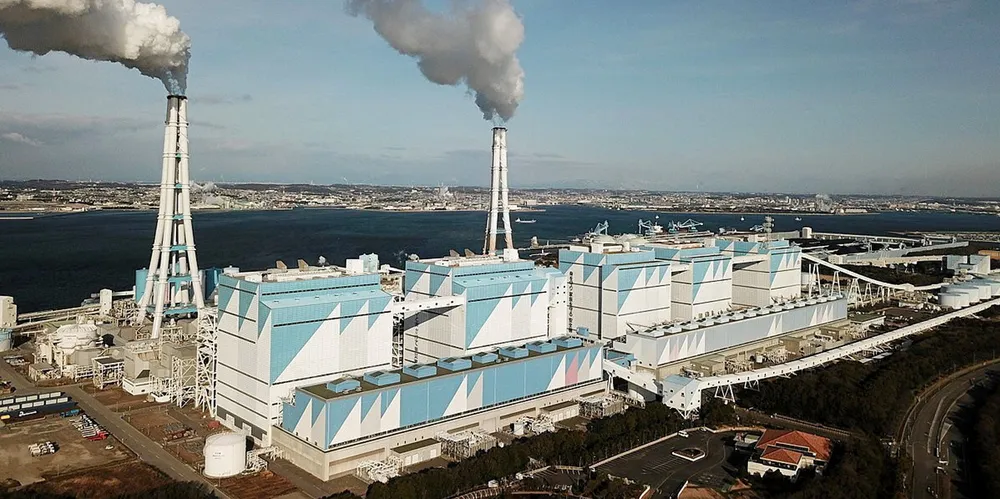‘Expensive greenwash’: First international hydrogen-based tender launched to import green or blue ammonia to Japan
Power producer Jera seeks 500,000 tonnes of imported NH3 a year to burn in coal-fired power plants — for minimal greenhouse gas reductions
